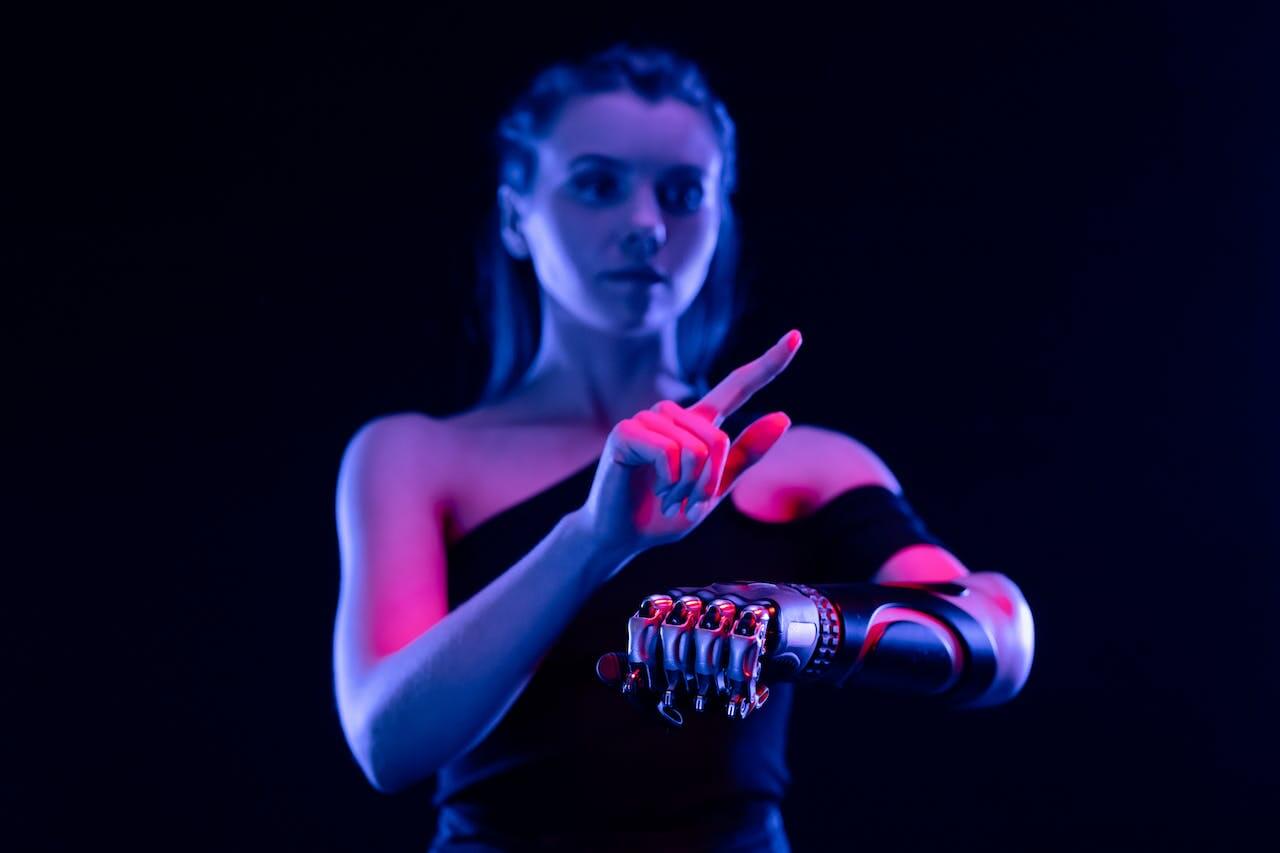In the ever-evolving landscape of technology, the field of prosthetics has witnessed remarkable advancements, offering new hope and opportunities for individuals with limb loss. Among these innovations, robotic prostheses stand out as a testament to the incredible progress that has been made in blending cutting-edge technology with the intricacies of human anatomy. In this article, we’ll delve into the fascinating world of robotic prostheses, unraveling the mechanisms that power them and the transformative impact they have on the lives of those who use them.
Understanding the Basics
At its core, a robotic prosthesis is a sophisticated device designed to replace or augment a missing limb. Unlike traditional prosthetics that rely on simple mechanical structures, robotic prostheses incorporate advanced technologies such as sensors, microprocessors, and actuators. These components work in harmony to replicate the intricate movements of a natural limb, offering users a more natural and intuitive experience.
Sensors: The Eyes and Ears of the Prosthesis
One of the key elements that distinguish robotic prostheses from their conventional counterparts is the incorporation of sensors. These sensors act as the eyes and ears of the prosthesis, providing crucial information about the surrounding environment and the user’s movements.
Force sensors detect the amount of force applied to the prosthesis, allowing it to adjust its grip accordingly. This feature is particularly beneficial when handling delicate objects or performing tasks that require varying degrees of force.
Surface electromyography (sEMG) sensors play a pivotal role in capturing electrical signals generated by the muscles near the prosthesis. By analyzing these signals, the prosthesis can interpret the user’s intended movements, enabling a more fluid and responsive experience.
Microprocessors: The Brainpower Behind the Brawn
The integration of microprocessors is another key aspect that sets robotic prostheses apart. These miniature yet powerful computers serve as the brains of the device, processing the information gathered by sensors and translating it into precise and coordinated movements.
Microprocessors utilize complex algorithms to decipher the user’s intent and adjust the prosthesis in real-time. This adaptive capability is a game-changer, as it allows users to perform a wide range of activities with remarkable dexterity and control.
Actuators: Bringing Movements to Life
Actuators are the muscles of the robotic prosthesis, responsible for executing the movements dictated by the microprocessor. These components can take various forms, including electric motors, pneumatic systems, or hydraulic systems, each offering distinct advantages based on the specific requirements of the prosthesis.
Electric motors are commonly used in robotic prostheses due to their precision and efficiency. These motors drive the mechanical components of the prosthesis, enabling it to mimic the natural movements of a human limb. Pneumatic and hydraulic systems, on the other hand, leverage air or fluid pressure to generate force, providing additional strength and flexibility in certain applications.
User Interface: Bridging the Gap Between Human and Machine
To ensure a seamless interaction between the user and the prosthesis, a user interface is integrated into the system. This interface can take the form of buttons, switches, or even myoelectric controls that respond to the user’s muscle signals.
Myoelectric controls, in particular, have gained popularity for their intuitive nature. By picking up on the electrical signals generated by the user’s muscles, these controls allow individuals to operate the prosthesis with remarkable precision and accuracy. This user-friendly interface is instrumental in empowering users to seamlessly integrate the prosthesis into their daily lives.
The Future of Robotic Prostheses
As technology continues to advance, the future holds even more promise for robotic prostheses. Researchers are exploring the integration of artificial intelligence (AI) to enhance the learning capabilities of these devices, enabling them to adapt and evolve based on the user’s preferences and habits.
Furthermore, the development of sensory feedback systems is on the horizon, aiming to provide users with a sense of touch and proprioception. This breakthrough could revolutionize the way individuals interact with their prostheses, offering a more immersive and natural experience.
Conclusion
In the realm of prosthetics, robotic devices are paving the way for a future where the boundaries between human and machine blur. By combining sophisticated sensors, powerful microprocessors, and advanced actuators, robotic prostheses replicate the intricacies of natural limb movements with unprecedented accuracy. As technology continues to propel this field forward, the transformative impact on the lives of those with limb loss becomes increasingly evident. Robotic prostheses are not merely mechanical replacements; they are a testament to the indomitable spirit of innovation, providing individuals with the tools to reclaim mobility, independence, and a sense of normalcy in their lives.



